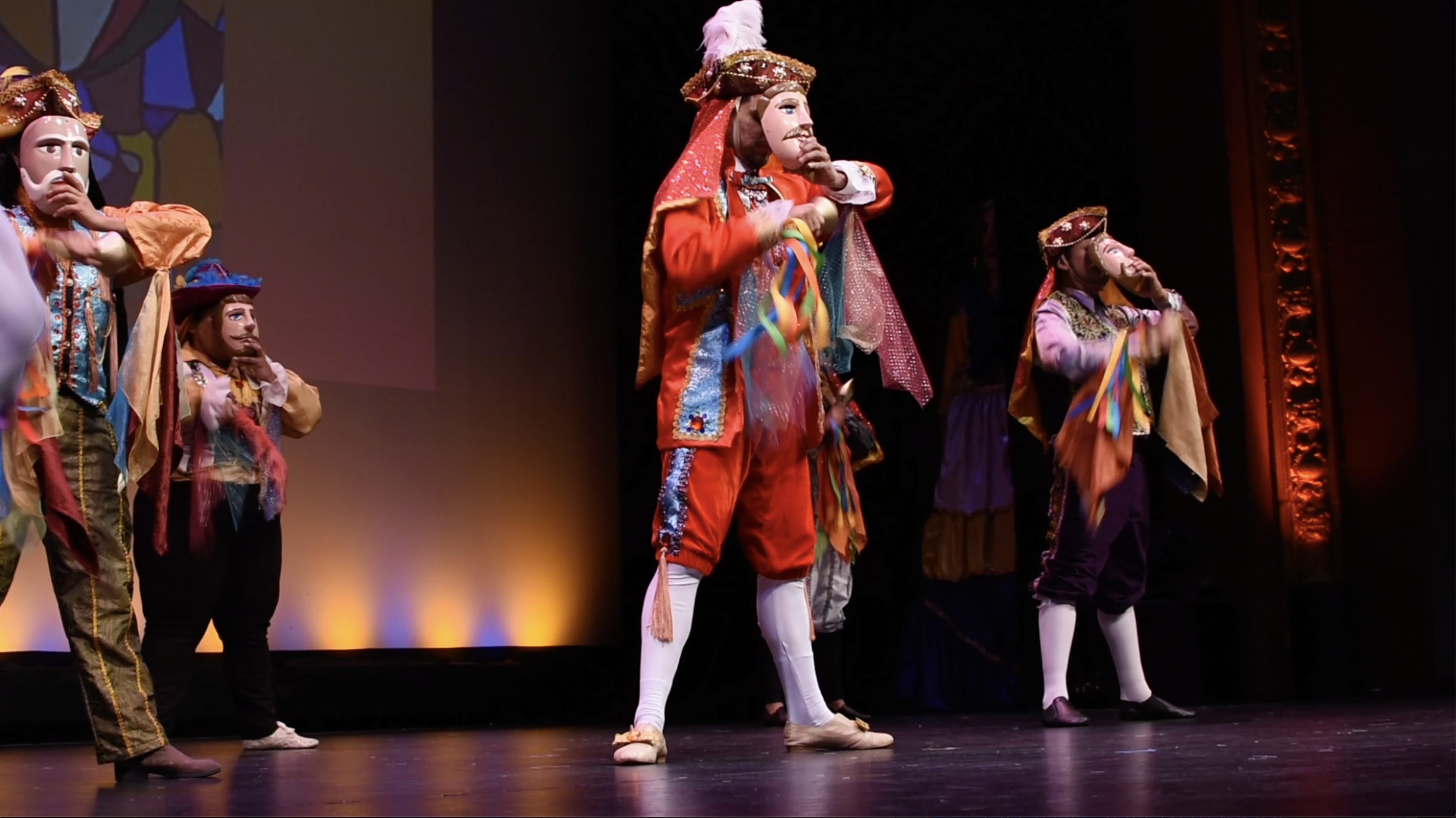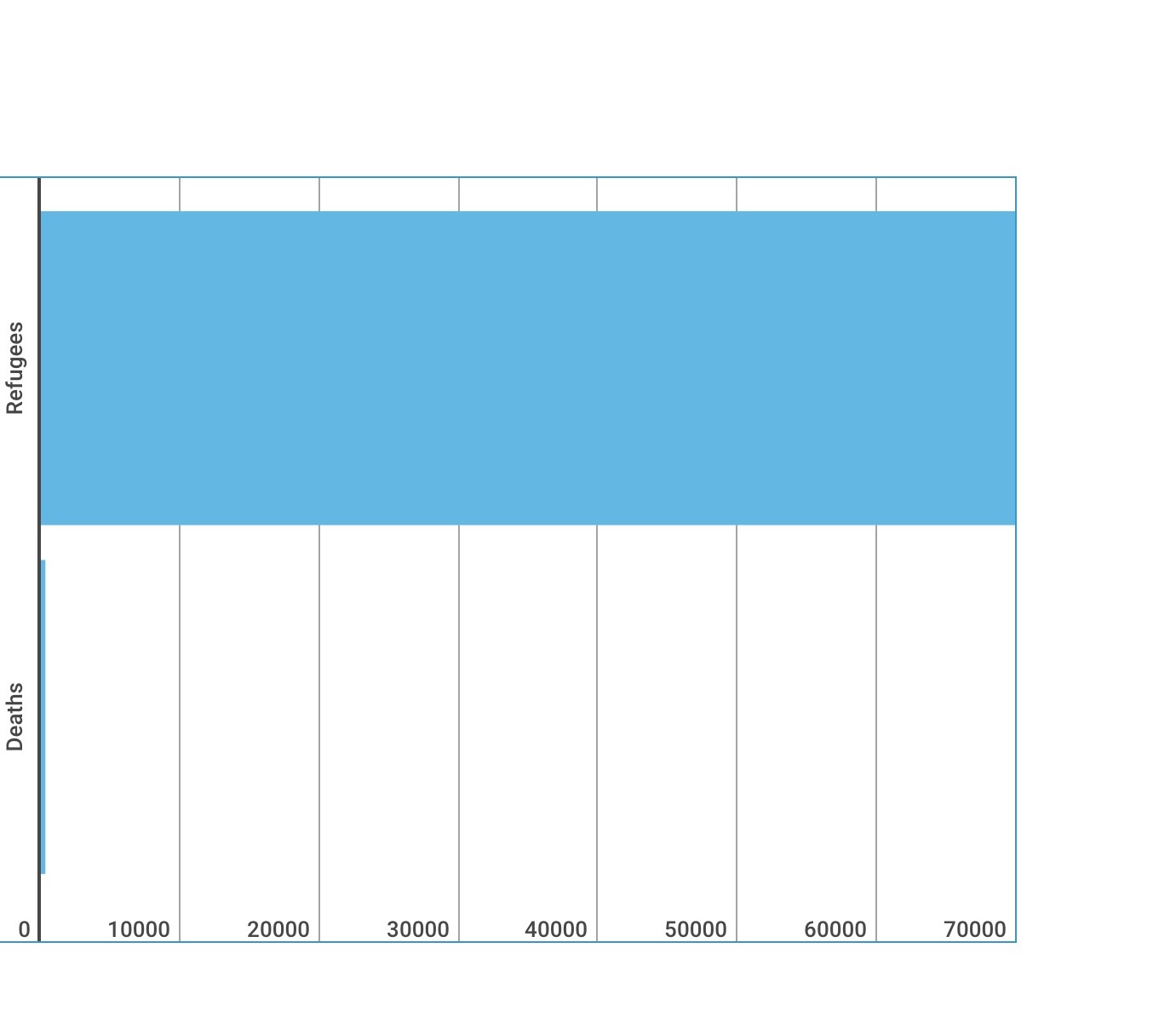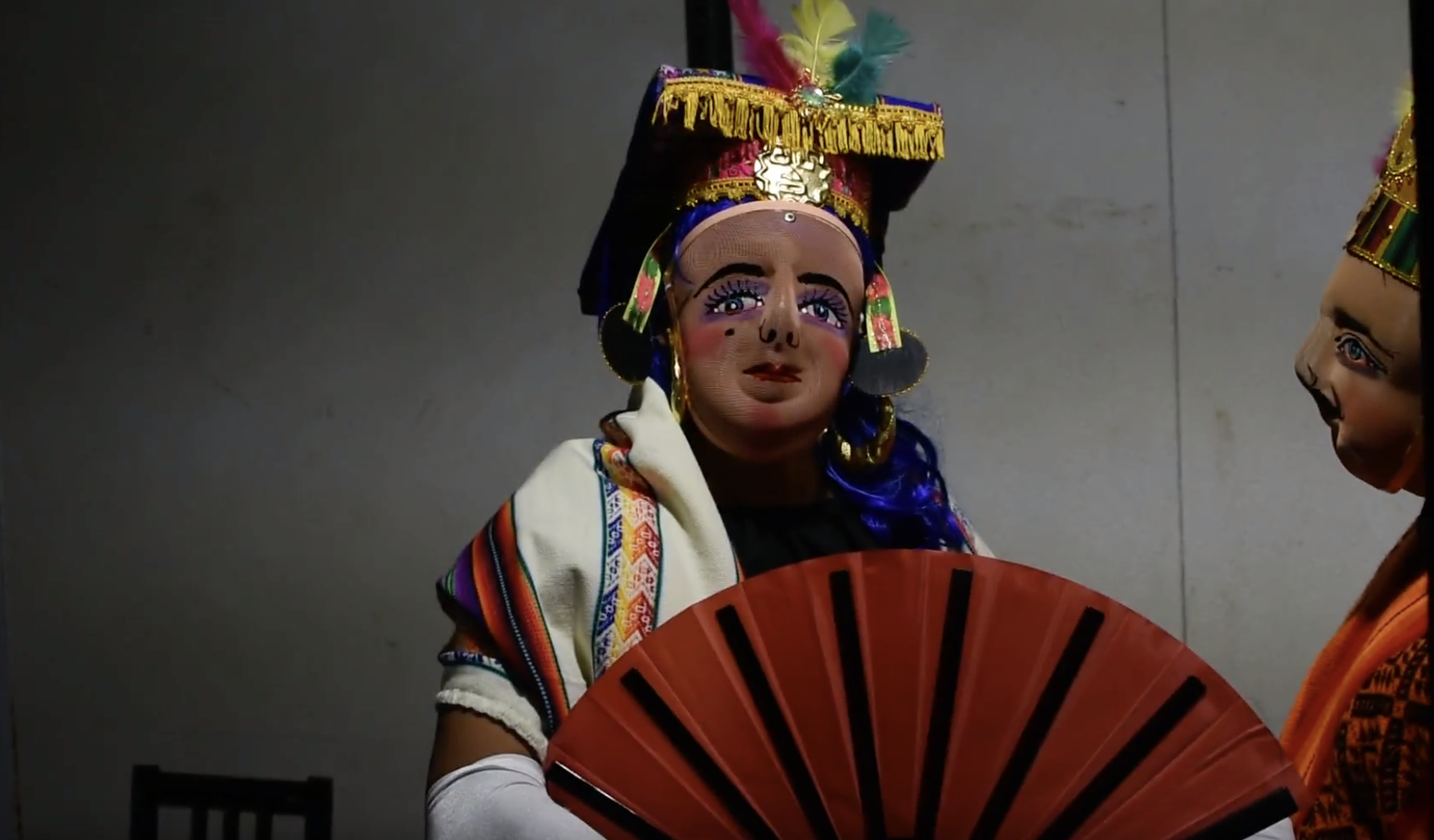El Güegüense and the Mission
“El Güegüense,” is often referred to as one of the jewels of Nicaraguan culture. Although several theories estimate the exact date of creation and identity of the writer, it is generally accepted “El Güegüense” debuted in Nahuatl and found its first home among street theaters under the noses of Spanish colonial authorities. The word “Güegüense,” the name attributed to the play’s main character, also has its roots in the Nahuatl word “huehue” meaning “wise man” or “old man.” The resplendent costumes, dresses, masks, and large wooden “Gigantona” shown and used throughout the performance are all seminal pieces of Nicaraguan cultural iconography.

Diana Aburto Vega y los Chavalos

Deaths and Refugees
The end of November saw large scale demonstrations and protests from thousands of exiled Nicaraguans in the streets of San Jose, Costa Rica, according to La Prensa and Nicaragua Actual reports. Notable among these vocalizations of dissent was the commencement of a hunger strike by the mothers of several political prisoners, who are nearing a full year of exile in San Jose, and the recent formation of a Costa Rican chapter of La Unidad Nacional Azul y Blanco (UNAB). The UNAB is an organization aimed at the peaceful construction and promotion of democracy in Nicaragua and the expedited removal of Daniel Ortega from power. The Ortega regime’s violent repression of protests, according to La Prensa, has resulted in the flight of 70,000 refugees to neighboring Costa Rica and 325 deaths.

What is "Chavalos de Aquí y de Allá"
The name of this cultural organization comes from the Nicaraguan slang for child, "Chavalo(a)." They aim themselves at cultural oriented events and fundraising.
